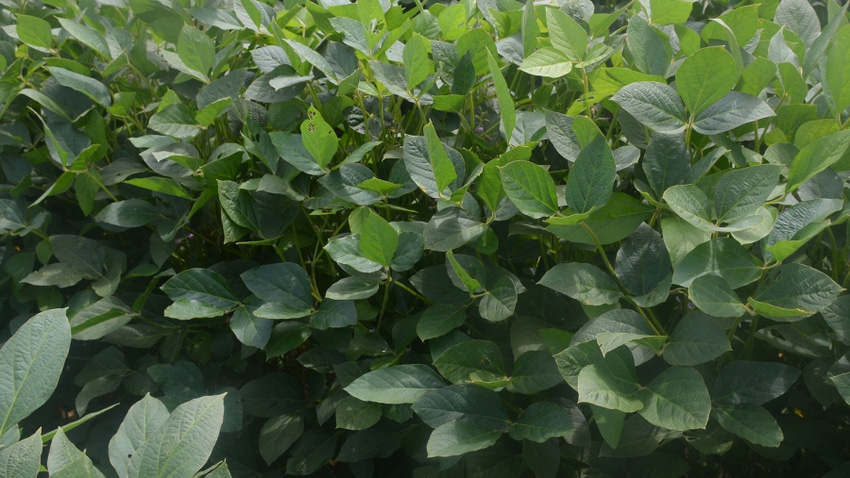
Know your diseases.
That continues to be strategy one when it comes to managing diseases and deciding when to apply fungicides in corn and soybeans. Even more important: Don’t plant either corn or soybeans or corn two years in a row on the same land; a good rotation program is still key.
John Mueller, professor of plant pathology at Clemson University, stresses that fungicides don’t need to be applied to soybeans every year in South Carolina. For example, he noted there were very little soybean foliar diseases in the Palmetto State in 2023.
As for corn diseases, Mueller says most of the seed companies provide hybrids that are disease resistant. You just need to look thorough the company literature to find them. For example, a number of corn hybrids that are resistant to Northern Corn Leaf Blight are available.
“First, go to company literature and find a Northern Corn Leaf Blight resistant variety, if you think that’s going to be your problem. This fungus overwinters on the leaf debris. Let’s try not to plant corn two years in a row,” Mueller said at the South Carolina Corn and Soybean Growers annual meeting at the Santee Conference Center in Santee Dec. 14.
When it comes to spraying, Mueller noted that one fungicide spray is all you need in corn. “If you’re spraying twice, I’m not sure you’re going to get a lot of benefit.”
For soybeans, Mueller noted that the scare word has been Soybean Rust for the past 15 years. However, he noted Soybean Rust really hasn’t been a problem in South Carolina for the last three to four years. Again, good rotation between corn and soybean is key.
“Most of these diseases overwinter on debris so let’s try not to plant soybean after soybean after soybean. If you are, then you are building up a case to have to spray,” Mueller said.
To manage for Soybean Rust, Mueller advises just one spray at R3. “For most of us, that corresponds really well to your pyrethroid spray for your stinkbugs. That’s a good system. It works. It saves you a little bit of money.”
And Mueller points out that just like for corn, the seed companies do offer disease resistant varieties. Your first job is to find a disease resistant variety.
For example, for Frogeye Leaf Spot, Mueller notes that soybean breeders “left us with a great set of genes with resistance for Frog Eye Leaf Spot. Unlike the Midsouth, where they have a lot of resistance to the fungicides, we don’t have that here.”
Farmers obviously don’t want to spray for diseases if they don’t need to which is why scouting and knowing your diseases is important. “Downy Mildew doesn’t cause a yield loss. We don’t want to spray for diseases that don’t cause a yield loss,” Mueller advised.
However, Mueller said Target Spot on soybeans is one disease that scares him.
“It’s the same Target Spot that goes to cotton. On soybeans, I’ve seen this thing defoliate fields. It can be severe. Keep an eye on your field. If I saw Target Spot that’s when I would consider spraying a fungicide and getting out there pretty quick, especially if I’m anywhere near flowering.”
Read more about:
FungicideAbout the Author(s)
You May Also Like






